Intensive farming brings out images of vast tracts of land, pesticides, monoculture, and barns filled with thousands of animals – this is different from the actual practice. Intensive farming, in reality, originated in the ancient civilizations of Egypt, Mesopotamia, India, Pakistan, Mesoamerica, North China, and Western South America.
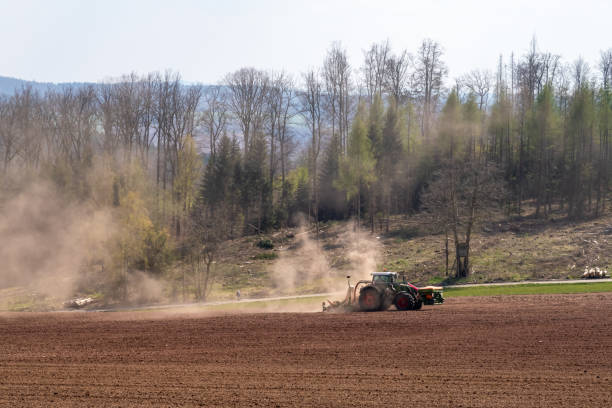
This type of farming started with the creation of water management systems and the domestication of large animals that would pull plows. However, in recent years, and mainly since industrialization, intensive agriculture has included other practices. Such as heavy pesticide use, rotational grazing, and even concentrated animal feeding operations or CAFOs. So here we discuss in detail to understand more on the topic.
What Is Intensive Agriculture?
Intensive farming is a method of farming that primarily uses large amounts of labor and investment to increase land yield. In today’s industrialized society, this typically means using fertilizers, pesticides, and other chemicals, all of which are used to boost yield.
The technique also includes acquiring and using machinery to aid planting and chemical application. In theory, this process reduces the amount of land required for an economically viable farm to grow crops or raise animals.
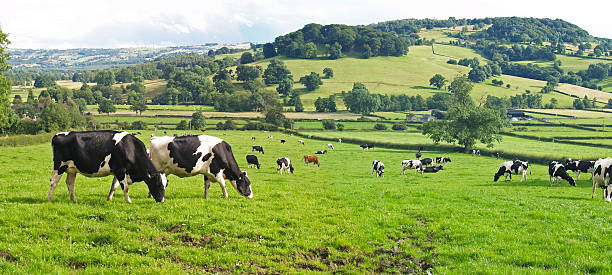
However, in developed countries such as Canada and the United States, these methods are used to overproduce products that companies attempt to increase their market share. As a result, profit is diminished, so farmers try to overproduce to stay economically viable. They also seek compensation for low yields via government subsidies.
Key Features of Intensive Farming
Pasture Intensification
It primarily involves the increase in value and production due to inputs such as labor, money, and pesticides, specifically in the pastures on which farmed animals often graze. Historians and experts believe that pasture and agricultural intensification were necessary for creating the modern societies we see today. It was only these new methods of farming and increasing yield that allowed for larger populations to grow over centuries.
The most effective and common way of increasing inputs throughout history has been to plant or graze more land. This continuous process leads to an increase in the yield of the farm. Simply increasing the amount of land being used – could have severe consequences in the long run for biodiversity. In the process, you can lose the native plants and grasses, which are cleared to make room for grazing.
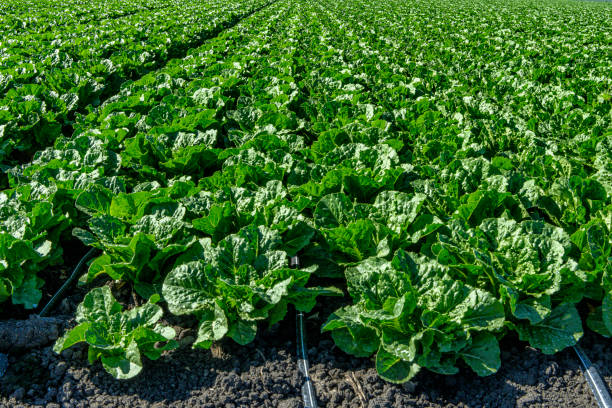
In recent years people have shown more interest, and hence there has been an increased interest in intensification methods, which reduces some of their harmful effects. It may include cultivating certain crops, like soybeans, in pastures that cows graze on.
Rotational Grazing
Rotational grazing is also a type of pasture intensification – which means it entails breaking grazing areas into smaller paddocks. In this technique farmed animals are rotated through the different paddocks one after the other.
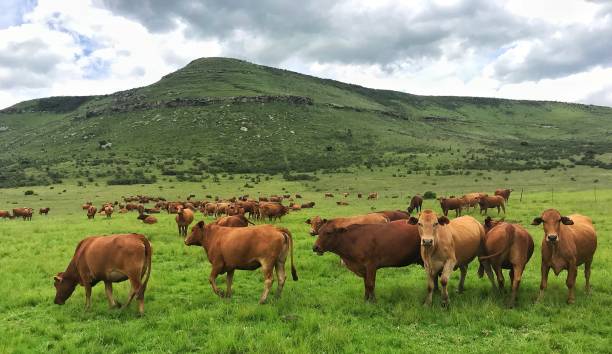
The practice allows the plant not in use to recuperate and regrow foliage. This is quite a distinct form of traditional grazing, as cattle can free-graze the entire pasture. In traditional grazing, the animals destroy plant life and do not provide adequate time for regrowth. In the process, the technique leads to more land needing to support the farmed animals.
Concentrated Animal Feeding Operations (CAFOs)
Concentrated animal feeding operations, or CAFOs, are the popular type of animal farm in industrialized agriculture systems. Here you will find large numbers of animals on relatively little land.
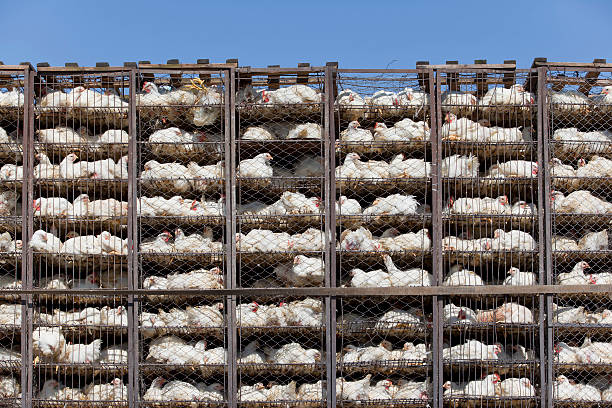
Moreover, these animals do not graze and gather their food. Instead, the animals have food brought to them. In addition, the animals are confined in small spaces with little room to express natural behaviors.
Crop Irrigation
Crop irrigation is another technique. It is the use of manmade systems that control water application and makes up for any shortage of natural rainfall. Especially in areas like California, millions and millions of acres of land are irrigated. It accounts for 80 percent of the total water used by homes and businesses.
The heavy use of irrigation to grow crops in these areas that are not able to sustain them often naturally creates risks and challenges. Primarily because of the ongoing threat of drought in most of these places.
Genetically Modified Organism (GMO) Seeds
Do you know that some of the most abundant crops in the United States today have been genetically modified over the years? You would be surprised to know that in 2018, 94 percent of all soybeans, 94 percent of cotton, and 92 percent of corn planted in the country – were all genetically modified. It is common today to genetically modify seeds and crops to obtain better quality seeds. Seeds that are more pest-resistant, or tolerant to herbicides.
Not that intensive agriculture largely relies on genetically modified organisms or GMO seeds, primarily for soy and corn. Humans have modified plants and other animals to suit our needs to some extent since time immemorial.
The term GMOs historically referred to a process known as transgenesis. In simple terms, it is the precise engineering of organisms by introducing genes from entirely different species. The purpose is to produce a desired outcome, such as faster growth or resistance to disease. Many agricultural and food producers today prefer gene-editing technology, including CRISPR, which boosts foods without the need to add genetic material.
Intensive Versus Extensive Agriculture
Methodology
It is important to understand that Intensive farming focuses on investing a lot of labor and resources into small tracts of land to increase yield. In contrast, extensive agriculture employs larger tracts of land and lower labor and resources on the farmland.
Location
Traditionally, one significant advantage of intensive agriculture is that its yield is produced closer to market value. The reason being they require less land and resources as compared to extensive agriculture. However, today most modern farms use intensive methods. It is especially seen in higher-income countries that operate on a large scale – i.e., farms on thousands of acres, away from where consumers live.
Farm Land Area
Extensive farming usually requires much more land than intensive farming. Moreover, chemicals, machinery, and labor are not being applied to increase yield in the same proportion.
However, the shift in farming techniques in recent years has favored intensive methods even for larger tracts of land. Meaning both intensive and extensive farming techniques today use large amounts of land.
Inputs
Intensive farming typically requires more significant inputs than extensive farming. Intensive farms today tend to use more agrochemicals, labor, and special seeds or breeds of animals. In contrast, extensive agriculture largely relies on the natural fertility of the land and also on the natural behaviors of the animals.
Profitability
Modern-day intensive farming is trying to produce massive amounts of food as cheaply as possible. This practice has resulted in the overproduction of many food items. Finally, driving the market price down.
In the case of extensive farming, you will require profitable large amounts of land. Therefore, extensive methods are most frequently in areas where population densities are low and land is inexpensive.
Productivity
Theoretically, the goal of intensive agriculture is to maximize the productivity of the land. The yield per hectare is higher than in farmlands that utilize extensive methods.
Environmental Impact
Both intensive and extensive farming can have negative env impacts. Extensive agriculture requires large amounts of arable land, often leading to deforestation. On the other hand, intensive farming involves chemicals that may negatively impact the env and native species.
Also, note that the feed for intensively farmed animals is a growing factor in deforestation today. Growing the food used to feed animals is also intensive farming leading to deforestation. It is primarily noticed in South America and increasingly seen in other areas.
Conclusion
The intensification of farming has played an essential role in the history of agriculture. It often allows farmers to feed growing communities around the world.
At the same time, intensive agriculture as we know it today is no longer sustainable or necessary. The methods today employ countless negative impacts on the env, human health, and animal lives. The heavy use of chemicals often causes them. Moreover, the inhumane treatment of animals and workers is some of the trademarks of modern-day intensive farming. However, you can take steps that can reduce env stress by buying locally grown foods from farms.
Read related topics on manual irrigation, ground water, outdoor plants UAE, seeds and plants, sprinkler system, cruciferous vegetables, plant nursery, tropical fruits, drip irrigation, sprinkler irrigation, water sprinkler, vegetable farm, nursery in Dubai, and more.
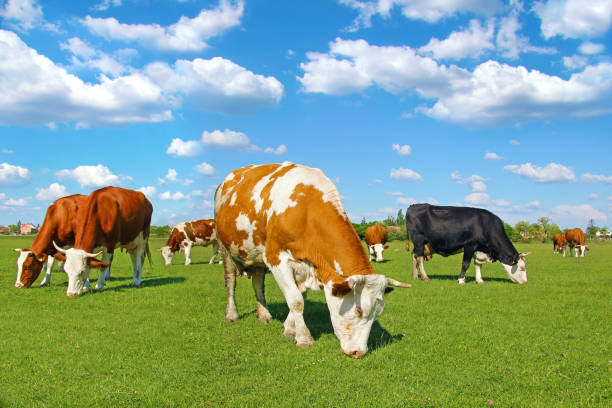





Leave a Reply